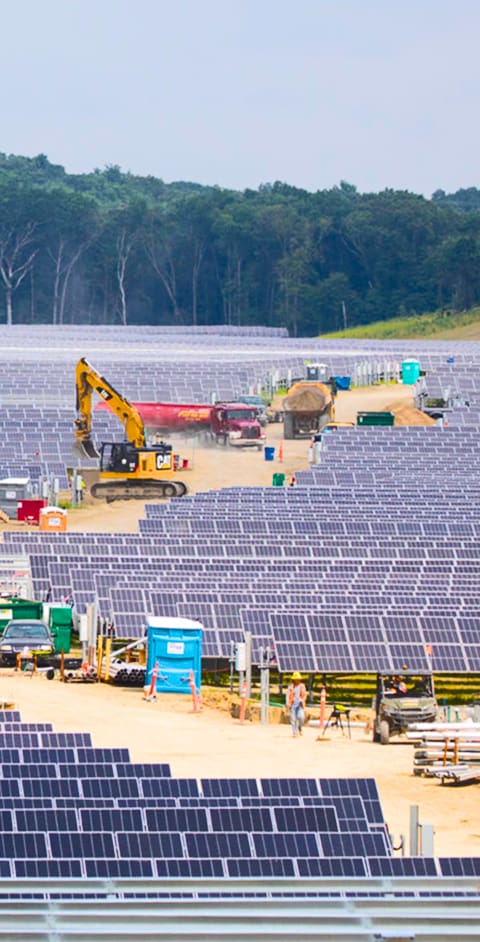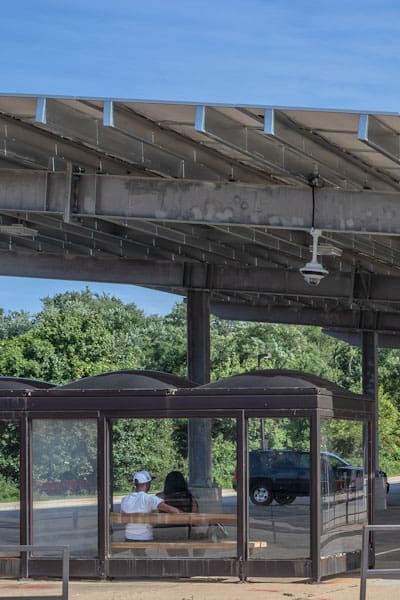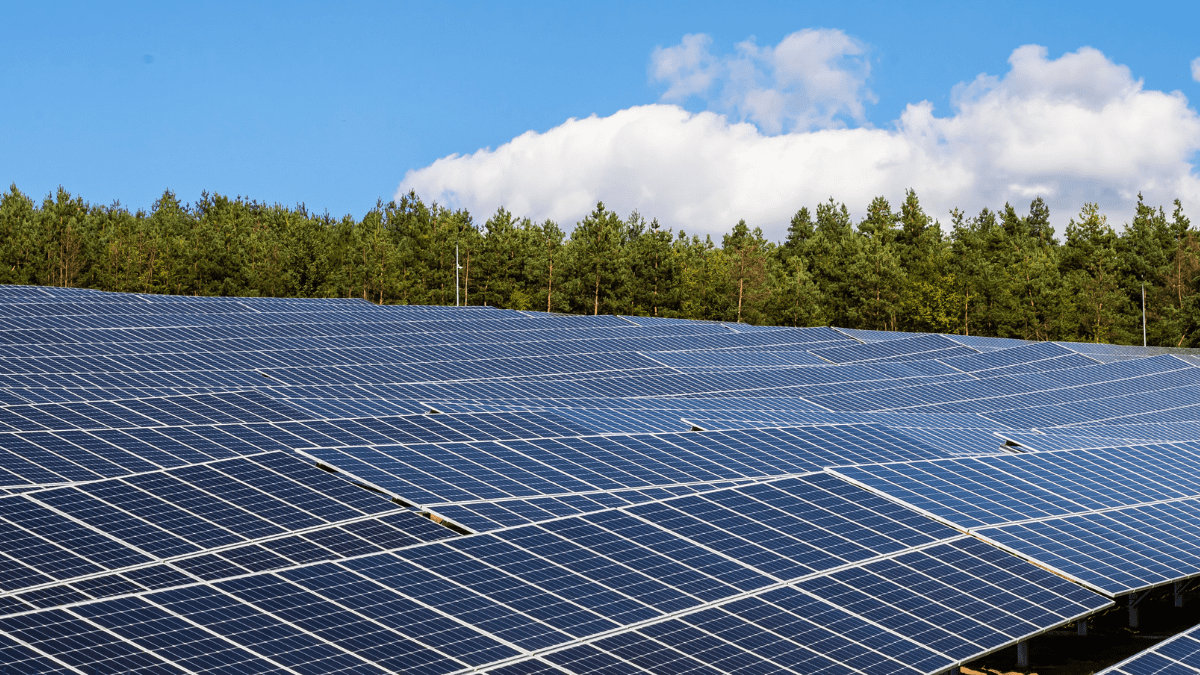
As the clean energy transition accelerates, novel public-private collaborations are offering new models for how electricity can be generated and delivered. In Trellis Group’s webinar, Building the Next-Generation Grid Locally, two compelling stories painted a clear picture: meaningful change happens when bold ideas meet scalable, smart solutions.
The webinar featured speakers from MN8, the Washington Metropolitan Area Transit Authority (WMATA) – the transit agency serving the Washington, D.C. area – and the City of Cambridge, each offering real-world examples of how local leaders can, and are, shaping their clean energy future.
The National Picture: Why Now Is the Time for Action
Craig Szot and Zak Umansky of MN8 kicked off the conversation by framing today’s policy and market realities. The One Big Beautiful Bill Act passed earlier this year and Executive Order 14315 introduced a clear deadline for projects seeking clean energy tax credits. Projects need to be under construction by July 2026 or in service by the end of 2027, and guidance issued by the Treasury Department set more stringent conditions to meet the “under construction” definition. With power purchase agreements (PPAs) typically taking 3–9 months to execute, now is the critical window for large-scale energy consumers and developers alike to act.
But this is about more than incentives. The United States is in the midst of an unprecedented surge in electricity demand driven by AI data centers, electrification of vehicles, and domestic manufacturing growth just as older fossil-fuel infrastructure retires. This tightening supply-demand balance may lead to future volatility in energy pricing or tightening clean energy supply.
“PPAs don’t just deliver sustainability,” Umansky noted. “They provide price certainty in an unpredictable market.”
Case Study 1: WMATA Turns Parking Lots into Solar Powerhouses

Rachel Healy, Director, Office of Energy and Environment, of WMATA, shared how the transit authority is creatively leveraging its real estate to meet regional energy goals and reduce the agency’s operational costs. Through its Solar Carport Program, WMATA installed nearly 10 megawatts of solar capacity across four of its station parking lots. These carports feed directly into the local grid, including a community solar offering for local residents and businesses, and generates lease revenue for the transit authority. This is all happening without WMATA having to become the energy offtaker or assume construction risk.
The program was enabled by a long-term lease with MN8, which owns and operates the system, allowing WMATA to focus on what it does best: moving people in the D.C. metro region safely and efficiently. The project enhanced infrastructure at the four stations with lighting, security cameras, and improved surfaces — delivering transit and energy value in one package.
“This worked for us because it minimized our risk while maximizing public value,” Healy said. “We’re not energy experts; we’re transit experts. This project helped us support sustainability while staying true to our mission.”
Case Study 2: Cambridge Thinks Beyond Its Borders

Further north in densely populated Cambridge, MA, where buildings account for the majority of emissions, the city faced a geographic limitation: not enough rooftops or open space to generate sufficient renewable power locally. The solution? Virtual power purchase agreements (VPPA) with MN8’s Prairie Solar project in Illinois and a wind project in North Dakota.
Megan Shaw, Climate Strategy & Implementation for the City of Cambridge’s Office of Sustainability, shared details on the city’s multi-year planning process and how her team worked closely with internal stakeholders to better understand and make the case for the long-term value of VPPAs. Cambridge ultimately became the first U.S. city to procure a VPPA for its community clean power program, which covers roughly 42,000 electricity accounts.
“What we couldn’t build inside Cambridge, we enabled elsewhere,” Shaw explained. “It was a big shift, but it’s already showing results.” By sourcing clean energy from projects that have a greater impact on their local grids – Illinois’ grid being more carbon-intensive than Massachusetts’ – Cambridge was able to grow residents’ and businesses’ access to clean energy while supporting carbon reductions on grids across the country.

Takeaways: What Smart Clean Energy Procurement Looks Like
The conversation offered clear lessons for other communities and institutions considering clean energy:
- Act Now, Strategically: With favorable tax policies remaining in place for a limited window, getting started today is essential.
- Know Your Strengths: WMATA leaned into its real estate expertise; Cambridge leveraged its regulatory and purchasing power. MN8 brought its clean energy infrastructure development and maintenance prowess to guide the projects.
- Educate Internally: Aligning leadership and operational staff takes time and clear, accessible education on contracts and markets. MN8 was able to assist with this important step.
- Design for Impact: Both case studies showed how a thoughtful approach, whether via VPPAs or community solar, can reduce emissions while creating new value locally.
- Diversify Your Approach: Cambridge’s portfolio of onsite, in-state, and out-of-state solutions illustrates the value of a mixed procurement strategy.
As our energy needs continue to evolve, local ingenuity and partnership will drive the grid forward. Whether through turning parking spaces into solar production or redefining how a city powers its homes, the path to a cleaner energy future is being built one smart decision at a time.
Want to watch the full conversation and learn how you can get started on your clean energy journey? Access the webinar recording below: